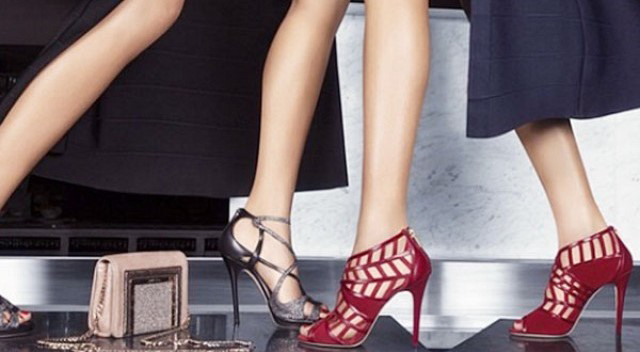 |
Avoid lifting heavy items while wearing heels as it puts a great deal of pressure on your lower back, toes and knees. |
 |
To ensure a better fit and cushion, silicone or leatherinsoles are highly recommended. Your feet deserve the extra care. |
 |
In order to avoid those pesky blisters, rub a little bit of lip balm on the back of your heel. This would decrease friction and allow the foot to move more freely. |
 |
Avoid thin heels, like stilettos. They cause your foot to wobble around. If you’re wearing stilettos every day, you might want to consider a chunkier heel style and change it up a bit. |
 |
Pay close attention to the pitch of the heel. Prefer a more gradual slope instead of some 4-inch heel which gives you a straight down drop to the flatbed portion of the shoe for extra comfort. |
 |
Wear open toe high heels in order to relieve pressure on corns and calluses. Open toe shoes will help take the pressure off the inflamed areas of the feet. |
 |
Always remember to stretch both before and after wearing heels. This would increase the blood flow and strengthen the calves as well. |
 |
Switch it up, wearing the same heels everyday can be bad for your feet and may lead to several foot problems. |
 |
Thin soles will almost always give you pain on the bottom of your foot. You want a thicker sole or a little bit of a platform, which will offset some of the pressure when you’re walking. A rubbery material will absorb that pressure. |
 |
Take smaller steps when you walk. This is very important when you wear sky-high heels. Taking short strides ensures that your weight is balanced. |
 |
If you are suffering from swollen, painful feet, soak your feet or run cold water over them for about 10 minutes. This would help ease those sore feet after an exhausting day. |




